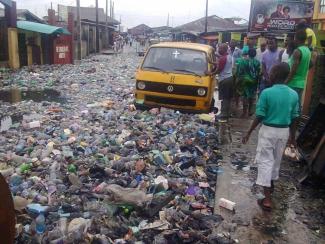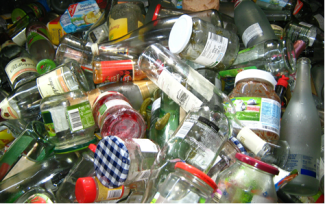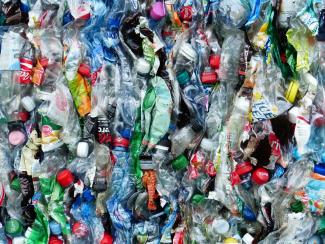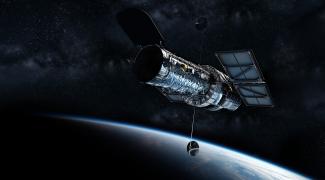The Critical Role of Advanced Monitoring in Environmental Compliance and Enforcement
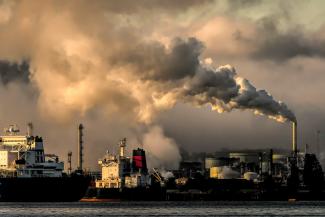
Obtaining information about potential violations of environmental law has long been a key challenge for effective enforcement of environmental law. Facility inspections are, of course, a central element to collecting this information, but the number of inspectors compared to the number of regulated facilities severely limits how much data can be gathered about potential violations. Citizen complaints are another important source of information, but this can be very sporadic.
